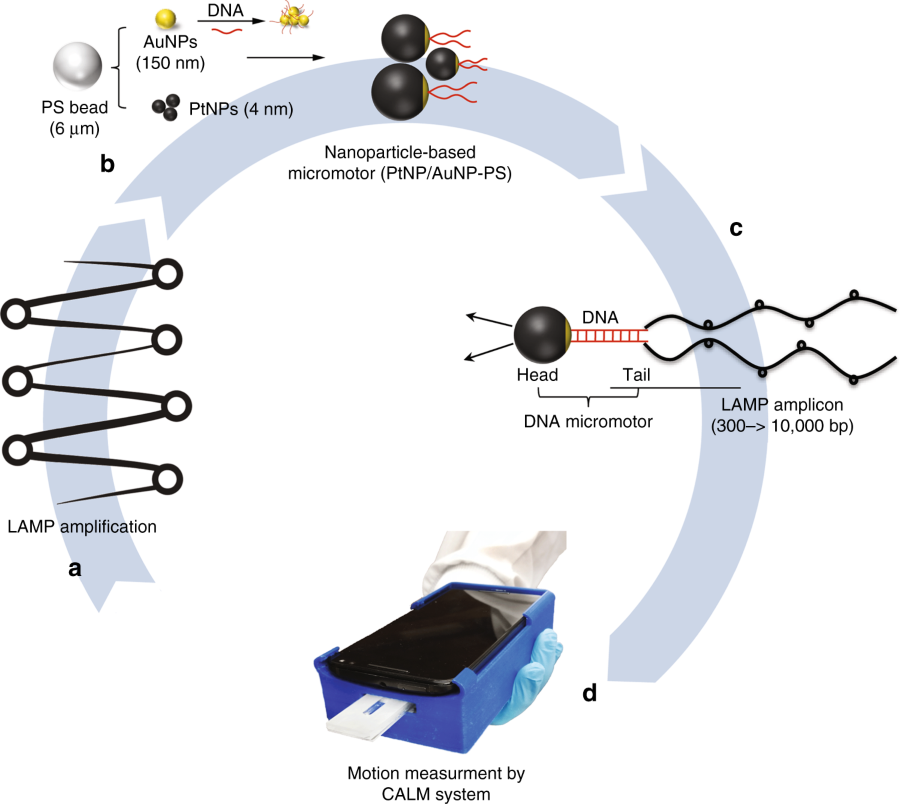Novel 'Cellphone' Technology Detects HIV
Human immunodeficiency virus 1 (HIV), weakens the immune system by attacking healthy cells.
Currently, the management of HIV remains a major global health challenge particularly in developing nations that lack the resources necessary for treatment.
Now, researchers from Brigham and Women's Hospital have developed unique cellphone technology capable of serving as a diagnostic tool through the detection of HIV viruses. The technology can combat the global health challenges being faced by HIV by managing it in resource-limited regions. Since traditional approaches for monitoring HIV are expensive and require the use of polymerase chain reaction (PCR), investigators were motivated to create an affordable and simple tool that can diagnose and test for HIV for individuals living in regions with less access to medical care.
The novel approach was described in the study published in Nature Communications.
"Early detection of HIV is critical to prevent disease progression and transmission, and it requires long-term monitoring, which can be a burden for families that have to travel to reach a clinic or hospital," explains senior author Hadi Shafiee, PhD, and a principal investigator in the Division of Engineering in Medicine and Renal Division of Medicine at the Brigham. "This rapid and low-cost cellphone system represents a new method for detecting acute infection, which would reduce the risk of virus transmission and could also be used to detect early treatment failure."
The technology consists of a cell phone with a microchip and a 3D-printed phone attachment—the resulting product would then detect the RNA nucleic acids of the HIV virus from a single drop of blood. Specifically, the novel technology would detect the amplified HIV nucleic without expensive equipment.
Schematic presentation of HIV-1 detection using the cellphone system.
Image Credit: Nature Communications, from the paper, “DNA engineered micromotors powered by metal nanoparticles for motion based cellphone diagnostics”
"Health workers in developing countries could easily use these devices when they travel to perform HIV testing and monitoring. Because the test is so quick, critical decisions about the next medical step could be made right there," says Shafiee. "This would eliminate the burden of trips to the medical clinic and provide individuals with a more efficient means for managing their HIV."









